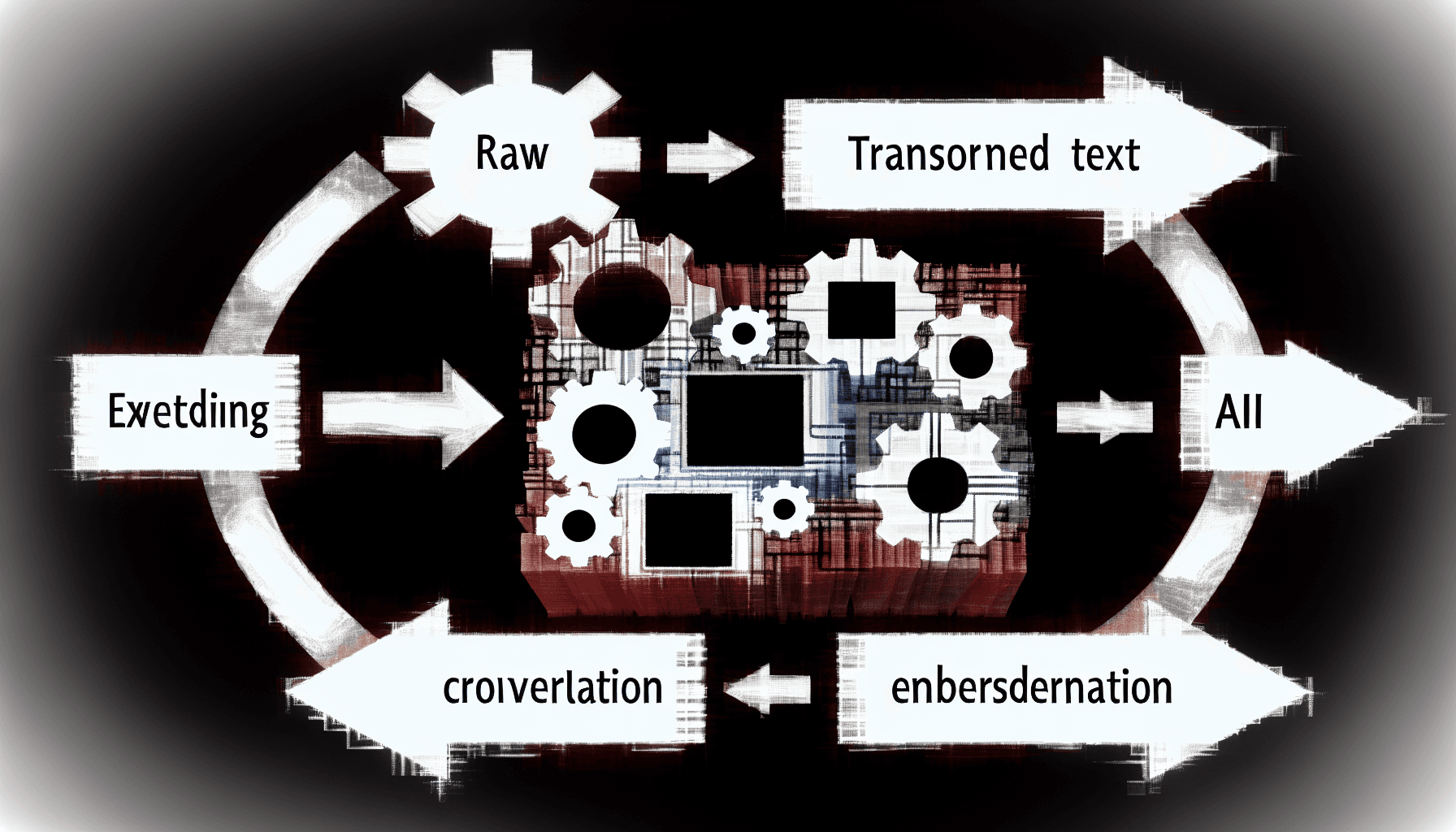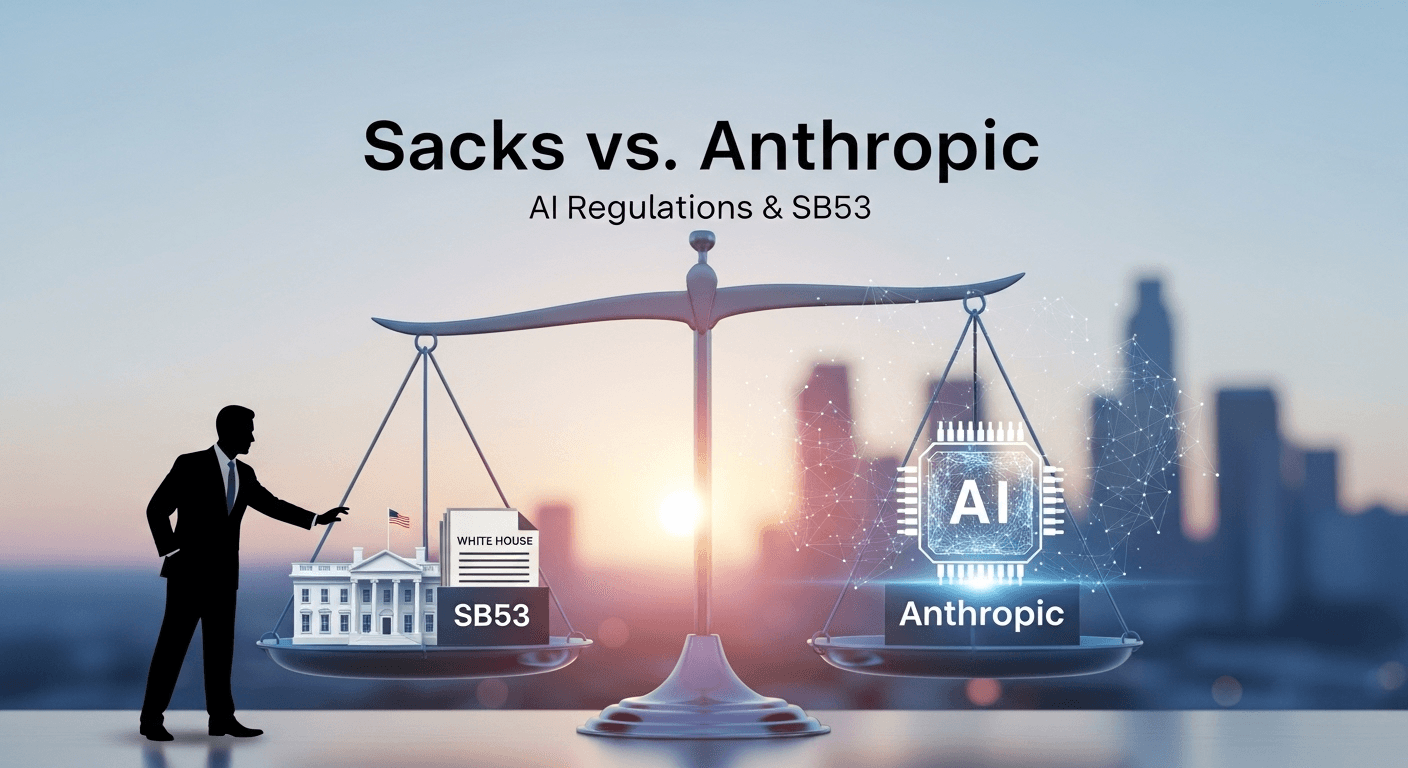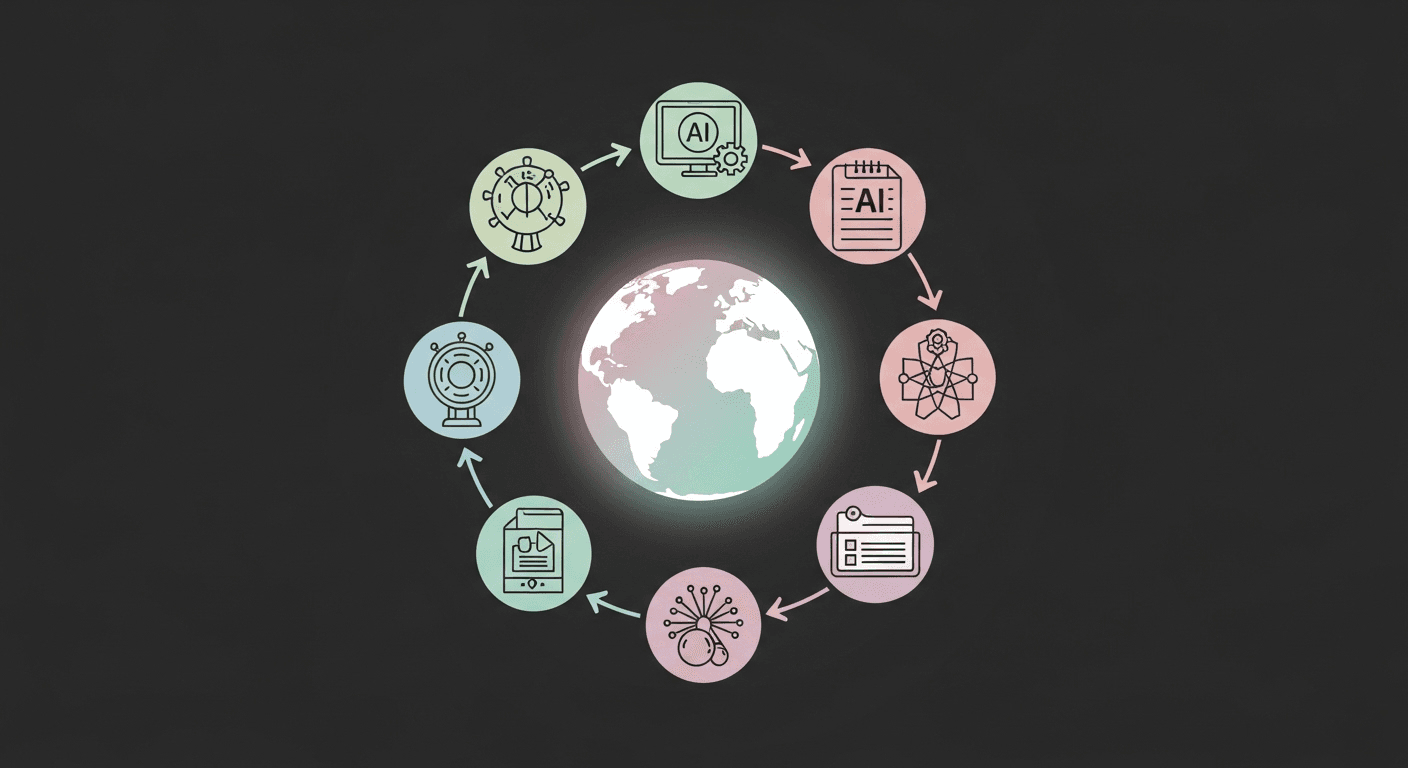The Science of Embedding: Transforming Text for Neural Networks

Introduction to Text Embeddings
Text embeddings are a pivotal technology in the domain of neural networks, enabling machines to grasp human language in a structured, numerical format.
Text embeddings are transformative tools in the field of Natural Language Processing (NLP). By converting words and sentences into numerical vectors, embeddings allow neural networks to perform complex operations on text data, paving the way for advancements in search engines, recommendation systems, language translation, and more. This blog delves into the science of creating and using these embeddings effectively.
Understanding Embeddings
At its core, the concept of text embedding involves capturing the semantic meaning of words and phrases in a dense, low-dimensional space. Instead of handling text directly, neural networks work with these embeddings, which represent linguistic items as points in vector space. The proximity and direction of these points relative to one another encode semantic relationships, such as synonymy and antonymy.
Types of Text Embeddings
There are several methods to create text embeddings, each with its own theoretical basis and practical application:
- One-Hot Encoding: Simple yet sparse method where each word is represented by a unique vector.
- Word2Vec: Trains an embedding space where the positioning of a word relates to its contextual neighbors.
- GloVe (Global Vectors): Utilizes matrix factorization techniques on word co-occurrence probabilities.
- FastText: Captures morphological information by breaking words down into subwords.
- BERT (Bidirectional Encoder Representations from Transformers): Uses deep transformer networks to consider full sentences in parts or whole.
Embeddings in Deep Learning Models
Embeddings are frequently integrated into deeper neural network architectures for various purposes:
- Language Modeling: Predicting the next word in a sentence.
- Text Classification: Assigning categories or labels to text.
- Sentiment Analysis: Determining the emotional tone behind a sequence of words.
- Machine Translation: Translating text from one language to another.
Challenges in Text Embedding
Despite the advances, embedding techniques face several challenges:
- Capturing Context: Words can have different meanings based on context, which can be difficult to encapsulate in a static vector space.
- Polysemy: The phenomenon where a single word has multiple meanings.
- Out-of-Vocabulary Words: Handling new or rare words not present in the training corpus.
- Scalability: Managing large vocabularies without a substantial computational burden.
Future of Text Embeddings
The future of text embeddings is likely to involve more sophisticated models that handle nuances of human language with greater precision. Advances such as contextual and dynamic embeddings, which adjust meanings based on surrounding text, are starting points for next-generation NLP systems.
Conclusion
As AI continues to evolve, the importance of developing advanced text embedding techniques that can understand and interpret complex human languages reliably cannot be overstated. These developments hold the promise of enhancing AI’s accessibility and efficiency, revolutionizing how machines understand human language.
Thank You for Reading this Blog and See You Soon! 🙏 👋
Let's connect 🚀
Latest Blogs
Read My Latest Blogs about AI

Sacks vs. Anthropic: The High-Stakes Battle Over AI Regulations, Regulatory Capture, and California’s SB53
White House adviser David Sacks accuses Anthropic of manipulating AI rules. We explore SB53, the regulatory capture debate, and its implications for startups and federal policy.
Read more


